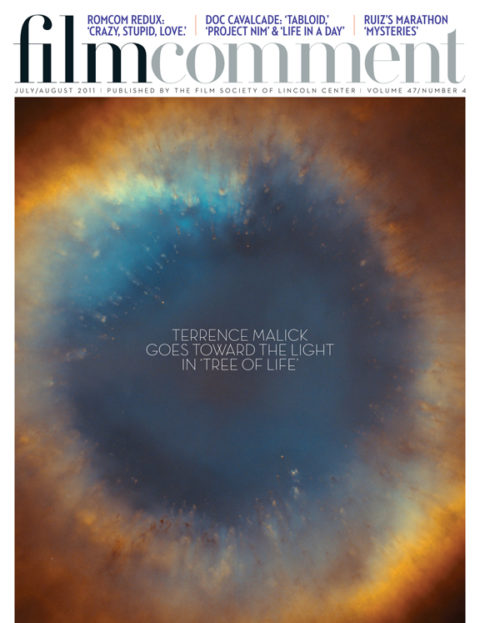
With the resounding iconography of its opening credits, The Last Circus boldly announces itself as a “parade of monsters” of 20th-century Spain. Set to a military march adorned with flamenco flourishes, the title sequence unfurls a collage of snapshots in which dictators like Franco, Hitler, Basque terrorists, and priests, coexist with figures from horror movies (Lon Chaney, Boris Karloff) and Spanish popular culture, particularly comedy stars. It’s an audiovisual bombardment in which director Álex de la Iglesia plants the seeds for a very special exorcism of History, recalling the wounds of a nation that spent nearly half a century under a tragic cloak of repression, a bold and visceral exercise in memory that employs the distorted filter—baroque and oneiric—of the horror genre.
The action begins in 1937, in the thick of the Civil War, but quickly jumps ahead to 1973 during the late Franco era. De la Iglesia depicts this period with an emphasis on the ingrown conservatism and belligerence of a country that regards the democratic impulse and the winds of modernity blowing across Western Europe as alien. Within this context, he develops a love triangle between two circus clowns and a trapeze artist. Utterly lacking in restraint, the antagonism between the violent and macho “stupid clown” and the timid “sad clown,” traumatized by the death of his father at the hands of Franco’s army, sets them on a brutal path to self-destruction. The clowns’ irrational conflict is an abstract representation of a state of moral confusion that de la Iglesia adapts to his own perspective: the fusion of Grand Guignol with esperpento—the theater of the grotesque created by Ramón del Valle-Inclán.

In the realm of cinephilia, The Last Circus stages another strange confrontation. On the one hand, de la Iglesia clings to a certain formalism in order to invoke Hitchcock and Hammer Films. The Sad Clown’s monstrous, disfigured face, for example, is derived from Christopher Lee’s in The Curse of Frankenstein. On the other hand, at its most naturalistic the film reclaims benchmarks of Spanish cinema like the psychological terror of Pedro Olea’s 1970 film The Ancines Woods and Carlos Saura’s depictions of a Spain beset by ghosts in the Seventies. In addition the film irreverently appropriates historical memory just as Quentin Tarantino does in Inglourious Basterds, most clearly during the disturbing encounter between the Sad Clown and the Generalisimo himself.
In the end it becomes apparent that The Last Circus’s problems reside less in the personal approximation of history through filmic references than in its dramatic development. The resulting chronicle is somewhat rushed and at the point at which the protagonists are fully transformed into monstrous creatures, the action is sent into a tiresome loop in which the images pursue new allegories—the final climax takes place in the Valley of the Fallen, a monument built by Franco that here serves as a symbol of fascist power—while the narrative grinds to a halt. This would seem to be the price paid for de la Iglesia’s brand of shock therapy.








